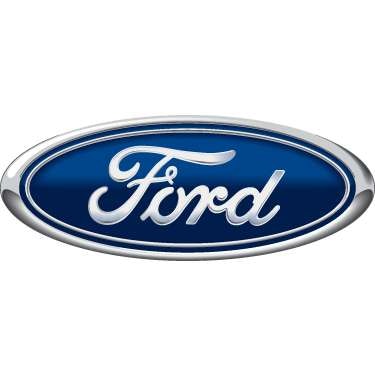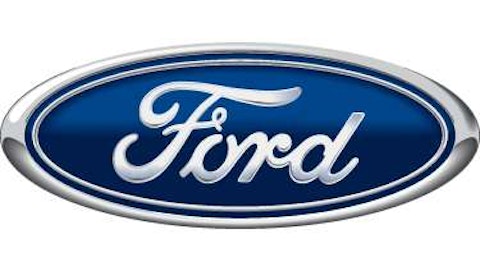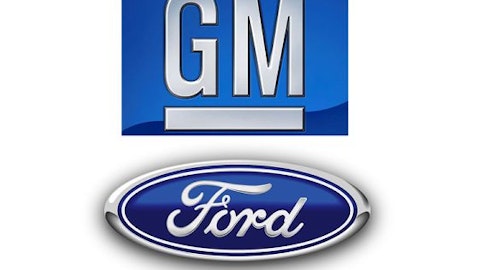
The Lincoln MKS. Photo credit: Ford Motor Co.
Ford Motor Company (NYSE:F) hasn’t made too many wrong steps in recent years.
From its latest new models like the Fusion and the Escape, to its just-right updates to the F-150 pickups, to its huge sales successes in faraway places like China, Ford Motor Company (NYSE:F)’s products — and its business decisions — have mostly turned out to be great ones.
Much of the credit for that goes to CEO Alan Mulally and the team he assembled to revive Ford, of course. Under Mulally, Ford has pulled off a tremendous turnaround that will be taught in business schools for decades to come.
But there’s one part of Ford’s plans that has puzzled me for a while. What is it doing with Lincoln?
A portfolio of luxury brands now gone — except for one
Lincoln — properly, the Lincoln Motor Company — is Ford Motor Company (NYSE:F)’s old luxury brand. Decades ago, Lincoln’s luxury cars were truly elite, but in more recent times, it often seemed to be not much more than a maker of airport limos. Analysts sometimes wondered why Ford kept it going.
Not long ago, Ford had a whole portfolio of premium brands, including Jaguar, Land Rover, Volvo, and Aston Martin. They’re all gone now, sold a few years back, along with Ford’s interest in Mazda.
Ford cleaned house in order to focus on its bread-and-butter, the blue oval Ford Motor Company (NYSE:F) brand, it said at the time. That made a lot of sense at the time, and it makes even more sense now that we know how well it worked out.
But the company chose to keep Lincoln, alone of all of the other brands it once owned. What’s that about?
A luxury brand makes total sense. But this luxury brand?
It’s easy to understand the decision to keep Lincoln in the abstract. There’s a very good reason for a global automaker to have a luxury brand: Run right, they’re really profitable.
The math is simple: Luxury cars (and SUVs) don’t cost all that much more to build than their mass-market cousins. But they command much higher prices. That means much more profit per vehicle, which adds up to big profits even if you don’t sell a lot of them.
Volkswagen gets about half of its profits from its Audi brand, and VW’s profits lead the industry. If you have any question about why General Motors Company (NYSE:GM) is spending billions to redo its Cadillac brand, with hot rear-wheel-drive sedans and luxurious SUVs and (rumor has it) a huge six-figure super-sedan due in a couple of years, just look at what Audi does for VW.
But Ford Motor Company (NYSE:F)’s not doing anything like that with Lincoln, at least not yet. And that makes me wonder exactly what Ford is thinking.
The plan for Lincoln is hard to see
The Cadillac comparison is useful when we look at Lincoln’s current product line. Cars like Cadillac’s ATS and CTS sedans are unique: There’s nothing else quite like them in the GM portfolio, anywhere in the world. Nobody will ever confuse a Chevy Malibu with a CTS, even if the Malibu is loaded, because they’re completely different cars.
But if we look at Lincoln’s MKZ and MKS sedans, it’s a different story. To be clear, they’re both fine cars, well-equipped and pleasant to drive. But I can’t be the only person who looks at Lincoln’s big sedan, the MKS pictured above, and sees a Ford Taurus in a fancy suit.

Ford’s Taurus sedan. Photo credit: Ford Motor Co.
In fact, a loaded Taurus SHO has the same engine and many of the same features as the top-of-the-line MKS, including true luxury-car features like heated rear seats — for several thousand dollars less. That’s not a surprise: They’re both built on the same underpinnings, and on the same assembly line, in Chicago.
Ford Motor Company (NYSE:F)’s current strategy for its mass-market cars includes offering luxury-car features as options, both because buyers really like that, and because it increases Ford’s profits per car. It’s a great strategy. But it makes the line between a loaded Ford and a Lincoln, which has never been all that distinct, pretty thin.



